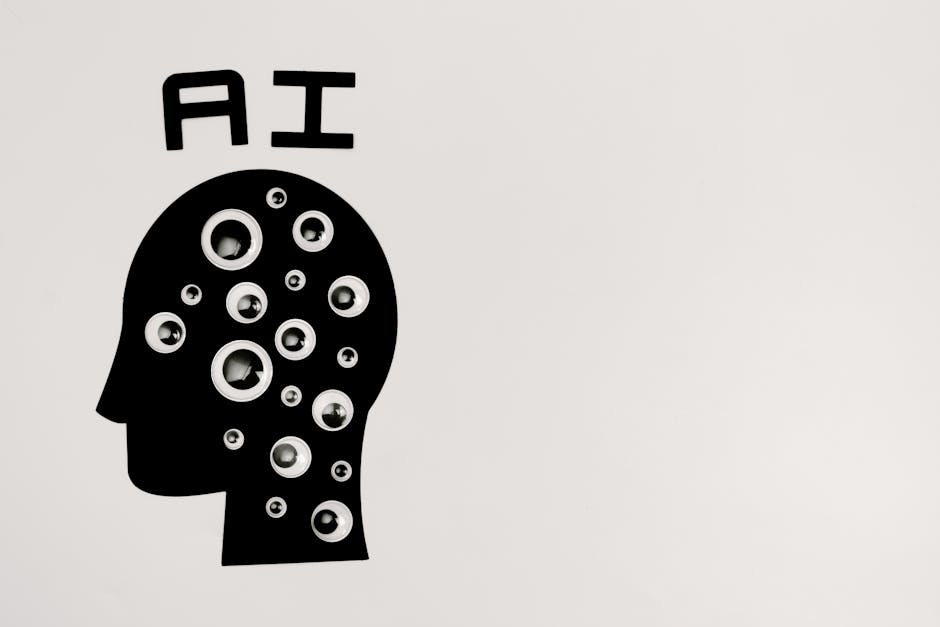As technology becomes increasingly interwoven with our daily routines, we’re constantly presented with innovations designed to streamline processes and enhance productivity. One of the most prominent developments in recent years is the rise of artificial intelligence, or AI, and its pervasive influence on how we work, learn, and even create. While these tools promise convenience and efficiency, a growing concern is emerging: are they subtly shaping the way we think, potentially leading to a world where ideas become less diverse and creativity is stifled? This exploration delves into the fascinating and potentially concerning ways AI is influencing our cognitive landscape.
The Expanding Footprint of AI in Our Lives
AI-powered tools—ranging from chatbots and content generators to personalized recommendation engines—are rapidly becoming ubiquitous. These systems are built on the principle of offering the “best” or most probable answer based on vast datasets and sophisticated algorithms. Think about the ease of drafting an email with the help of an AI assistant, brainstorming ideas for a marketing campaign, or even making crucial business decisions with AI-driven insights. The sheer convenience and apparent efficiency are undeniably attractive.
The Rise of AI-Assisted Creation
The scope of AI’s assistance is broad. It’s not just about automating mundane tasks; it’s about actively participating in the creative process. From crafting compelling narratives to generating code and composing music, AI is increasingly involved. This access to readily available “solutions” is reshaping how individuals and organizations approach problem-solving and creative endeavors.
The Growing Concern: Homogenization of Thought
While the allure of AI’s efficiency is strong, a potential downside is beginning to surface: the risk of homogenization. As more people rely on the same AI tools, the resulting outputs – essays, marketing materials, business plans – are increasingly exhibiting similar patterns, structures, and even word choices. The subtle yet persistent effect of this shared algorithmic influence can lead to a noticeable reduction in the diversity of voices and ideas.
Recognizing the Patterns
Consider the increasing prevalence of certain phrases, sentence structures, and overall tones in online content. While some of this is attributable to general trends, the growing reliance on AI is undoubtedly exacerbating the problem. AI models are trained on existing data, and they tend to reproduce patterns found within that data. This creates a feedback loop where AI reinforces existing trends, further limiting the range of expression.
The Feedback Loop: How AI Reinforces Trends
The more we rely on AI, the more data these systems collect about our preferences and behaviors. This data is then used to refine the algorithms, creating a self-reinforcing loop. AI learns from what users like and respond to, generating more of the same, effectively solidifying existing norms and trends. Over time, this can lead to a narrowing of perspectives, where outlier ideas or unconventional approaches are subtly filtered out in favor of what is statistically most common or popular.
Data Bias and Algorithmic Reinforcement
It’s important to acknowledge that AI models are only as good as the data they are trained on. If the training data reflects existing biases – whether they are conscious or unconscious – the AI will likely perpetuate those biases in its outputs. This can lead to a self-fulfilling prophecy where certain perspectives are amplified while others are marginalized.
Impact on Various Fields
The potential consequences of this homogenization extend across various fields, impacting everything from education to business and beyond. The worry isn’s about complete uniformity but rather a subtle erosion of unique perspectives and creative exploration.
Education: The Risk of Standardized Thought
In education, students increasingly use AI to assist with writing essays and completing assignments. While this can be a useful tool for learning and research, it also carries the risk of producing work that is technically correct but lacks the unique insight and distinct voice that characterize genuine learning. The ability to think critically and develop original ideas is a cornerstone of a good education, and over-reliance on AI could undermine this crucial skill.
Business: The Erosion of Innovation
In the business world, teams might default to AI-generated strategies, opting for what is perceived as “safe” and predictable, potentially stifling innovation and creativity. True breakthroughs often come from challenging conventional wisdom and exploring unconventional approaches. The pressure to conform to AI-driven norms could hinder this crucial process.
The Importance of Human Judgment and Diversity
The key takeaway here is that while AI can be a valuable tool, it should not replace human judgment, creativity, or critical thinking. Diversity of thought remains essential for progress, problem-solving, and cultural richness. Relying too heavily on AI risks creating a monoculture, where everyone’s ideas and expressions converge toward the average.
Cultivating Critical Evaluation
We need to actively cultivate critical evaluation skills – the ability to question assumptions, analyze information from multiple sources, and form our own independent judgments. This is particularly important in an age where AI is increasingly shaping the information we consume.
Moving Forward: A Balanced Approach
The challenge lies in finding a balanced approach – leveraging the benefits of AI while mitigating the risks of homogenization. This requires a conscious effort to use AI as a starting point or assistant, always supplementing it with our own perspectives, challenging assumptions, and seeking out alternative viewpoints. It’s about using AI to augment our creativity, not replace it.
Encouraging Originality and Diversity
Individuals and organizations should actively encourage original thinking and value diverse contributions. This means creating environments where people feel comfortable sharing unconventional ideas, even if they challenge the status quo. It also means promoting education and training that emphasizes critical thinking and creativity.
Conclusion: Preserving the Richness of Human Expression
The increasing role of AI in shaping our thoughts and creativity presents both opportunities and potential pitfalls. While algorithms can offer efficiency and streamline processes, there is a genuine danger of homogenization—a world where everyone thinks, writes, and creates in increasingly similar ways. To preserve diversity and foster innovation, it’s crucial to use AI thoughtfully, always supplementing it with human insight and originality, ensuring that the richness of human expression remains vibrant and unique.







Leave a Reply
You must be logged in to post a comment.